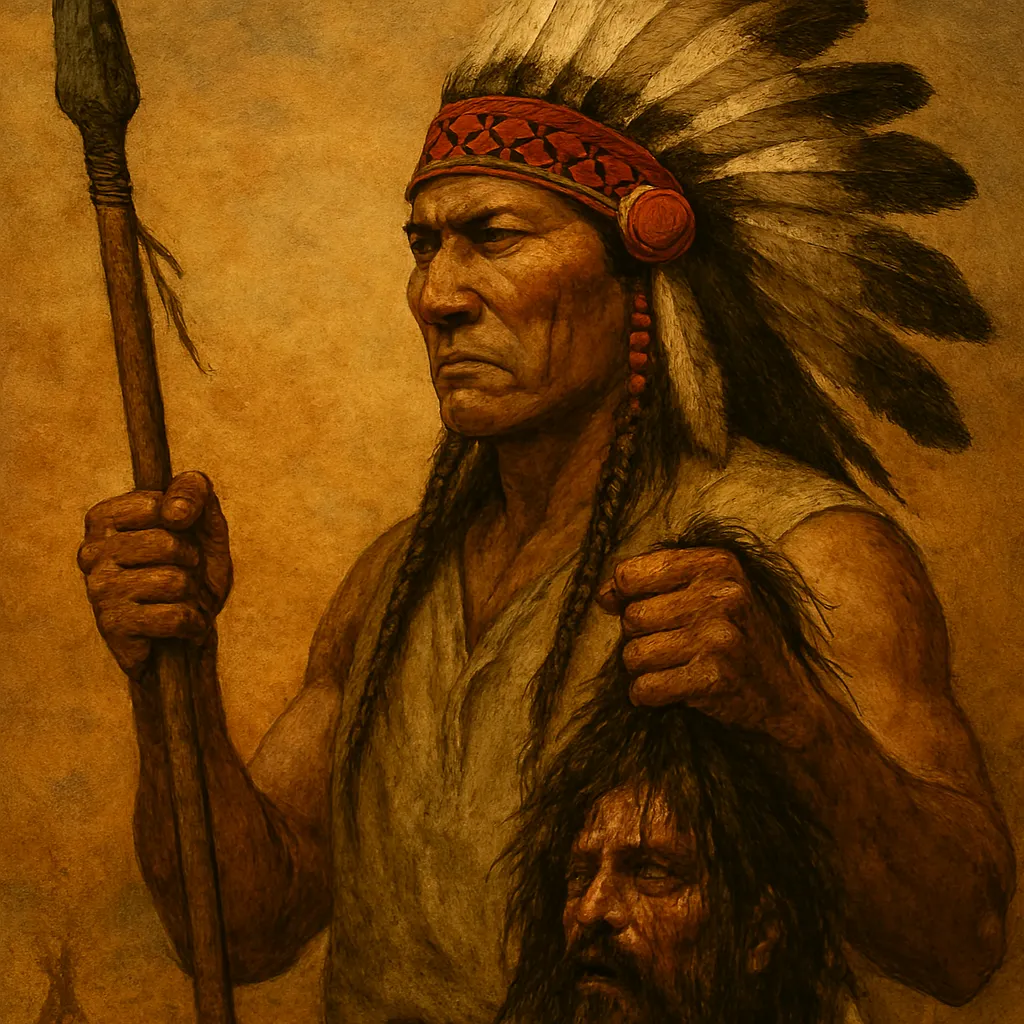Native Americans are the Indigenous peoples of the Americas, excluding the Inuit and Aleuts. Linguistic diversity is immense: over a thousand languages and dialects, including Navajo, Quechua, Maya, Guarani, and Aymara. Traditional religion is based on animism, shamanism, ancestor worship, and nature spirits. Christianity is widespread, often blended with Indigenous beliefs. Common traits include resilience, community-oriented living, deep respect for nature and elders. While historically tribes engaged in warfare, aggression is generally discouraged. Attitudes toward alcohol and drugs vary: some reservations promote sobriety, though addiction issues remain. Popular sports include archery, wrestling, racing, traditional dances, and modern activities like basketball, soccer, and rodeo.
History
Indigenous ancestors migrated from Asia via Beringia over 12,000 years ago. Complex civilizations emerged — the Maya, Aztecs, Incas, Pueblo cultures. From the 15th century, colonization by Spain, Portugal, France, and Britain led to mass extermination, assimilation, land loss, and cultural destruction. In the 20th century, Indigenous groups began organized efforts to reclaim rights, revive languages, and preserve traditions. Today, Native peoples actively participate in politics, education, culture, and ecotourism.
Name origin
The term “Indians” came from Christopher Columbus’s mistaken belief that he had reached India. The name persisted in European languages. In North America, terms like “Native Americans,” “First Nations,” and “Indigenous Peoples” are now officially used.
Occupations
Historically: hunting, fishing, gathering, agriculture (corn, potatoes, beans), crafts, construction, and trade. Today: roles in education, culture, tourism, agriculture, extractive industries, crafts cooperatives, and governance of reservations and ethnovillages.
Physical description
Typical features include dark hair, brown eyes, light-olive to copper skin, medium height, and sturdy build. Anthropologists classify the group within the “Americanoid” racial type. Phenotypic diversity exists across nations and regions.
Habitat
Historically, Indigenous peoples inhabited all of the Americas—from the Arctic to Tierra del Fuego. Today, they reside in countries like the United States, Canada, Mexico, Peru, Bolivia, Guatemala, Brazil, Colombia, Argentina, Chile, Ecuador, and others. Continents: North and South America.
Wars and conflicts
Historically, there were intertribal wars and numerous conflicts with colonizers. Uprisings include Pontiac’s Rebellion and Tupac Amaru’s revolt. Within tribes, disputes were managed by councils of elders, rituals, and compensations. In modern times, struggles focus on land rights, legal recognition, and fighting discrimination.
Population
Estimates suggest around 75 million people including descendants. Latin America hosts over 60 million; the U.S. around 5 million; Canada over 1 million. Colonial periods brought demographic decline; the 20th century saw population growth due to recognition and targeted programs. Language loss remains a major concern.
Traditions, rituals, festivals
Rites of passage, nature-spirit offerings, purification rituals, harvest festivals. Notable celebrations include Indigenous Peoples’ Day (October, U.S.), Indigenous Day (April, Latin America), Inti Raymi in Peru, and Guarani Day in Paraguay. These events are marked by music, dance, crafts, and storytelling.
Myths and legends
Native mythology is rich: nature spirits, totems, culture heroes, tricksters (raven, coyote), origin tales of the world, fire, animals, and humans. Shamans are intermediaries, healers, and guardians of sacred knowledge.
Notable figures and cultural impact
Famous individuals include Geronimo, Sitting Bull, Tecumseh, Rigoberta Menchú, Russell Means. Collectives feature dance troupes, artisan schools, and museums. Literature references span from James Fenimore Cooper and Karl May to contemporary authors like Thomas King and Louise Erdrich. Indigenous arts include carving, pottery, weaving, mask-making, and totem poles.
Food
Staples include corn, potatoes, beans, squash, fish, meat, and berries. Dishes range from tamales and yucca preparations to maize chips, blood-based meals, smoked meats, and baked root vegetables. Some regions maintain raw, fermented, or ceremonial food traditions.
Clothing
Materials include leather, fur, fabric, feathers, beads, shells. Garments feature shirts, ponchos, capes, headdresses, moccasins. Adornments include necklaces, bracelets, and amulets. Ritual attire incorporates masks, ceremonial outfits, and dance costumes.
Tourism
Ethno- and ecotourism are expanding: visits to reservations, ethnovillages, museums, festivals, and craft workshops. Highlights include the National Museum of the American Indian (U.S.), Machu Picchu (Peru), Navajo lands, Maya cities, and Incan trails. Communities, tour operators, and cultural centers host visitors.
Visitor etiquette
Respect traditions, ask before taking photos, avoid touching ritual items. Do not consume alcohol without permission or disrupt ceremonies. Appropriate behavior includes gift-giving, genuine interest in culture, and joining workshops. Follow reservation rules and listen to local guides.
- 9 Reasons Why People Love to Travel to Other Countries
- Shakira — Waka Waka (This Time for Africa)
- Archaeological expedition of the Hermitage discovered a unique artifact of the Stone Age at excavations in the Serteyskaya Valley
- Kostroma (Russia)
- Finland
- Moab
- Morocco
- Win a four-night Greek getaway for two in one of the most stylish resorts in the Aegean courtesy of Sani Resort
- North Coast 500: a grand loop of Scotland’s Northern Highlands
- Madagaskar
- Norway’s Atlantic Road scenic drive
- With a Movie Camera in Kamchatka
- Africa
- From trauma healers to in-house psychologists, hotels are increasingly catering to travellers’ mental health
- Issyk-Kul
- Dance of Spirits in the Arctic Sky: The Northern Lights in Lofoten Island Mythology
- Istanbulkart Scams: What Tourists Should Watch Out For
- The Crocodile Chase: An Unlikely Friendship Born in Africa
- Aztecs
- Apple in tourism: how the brand became a travel attraction











